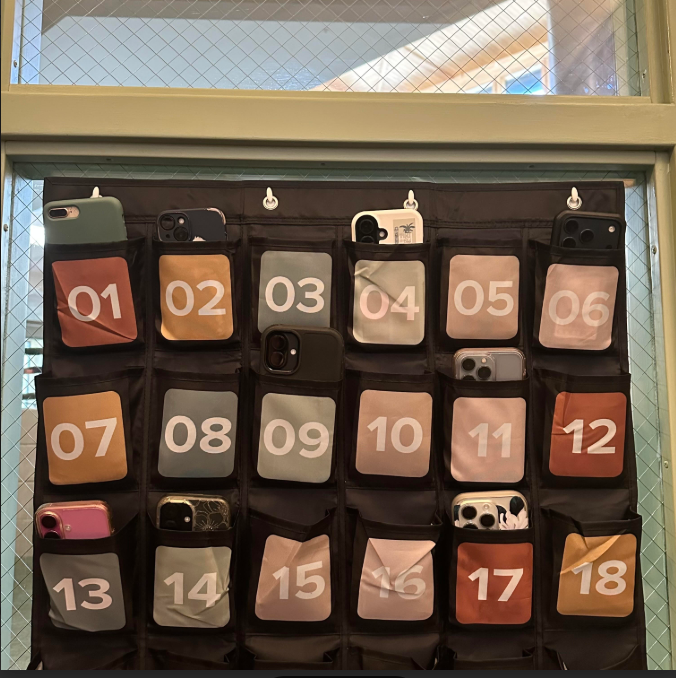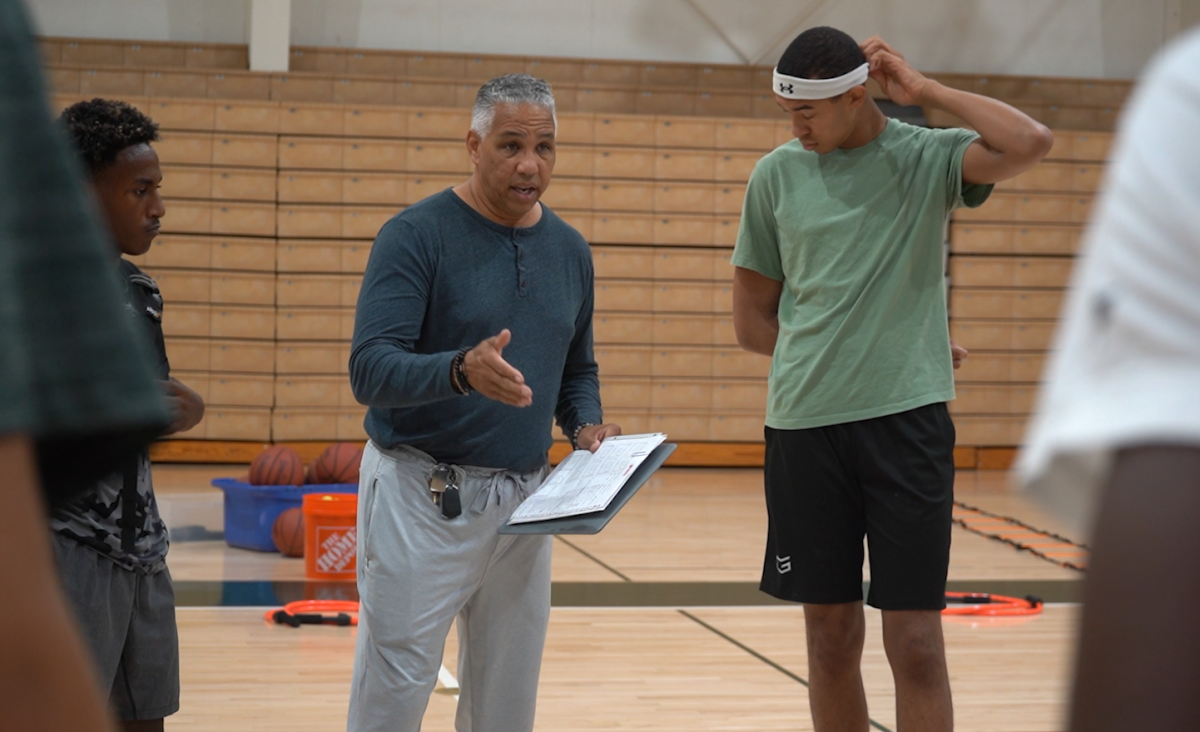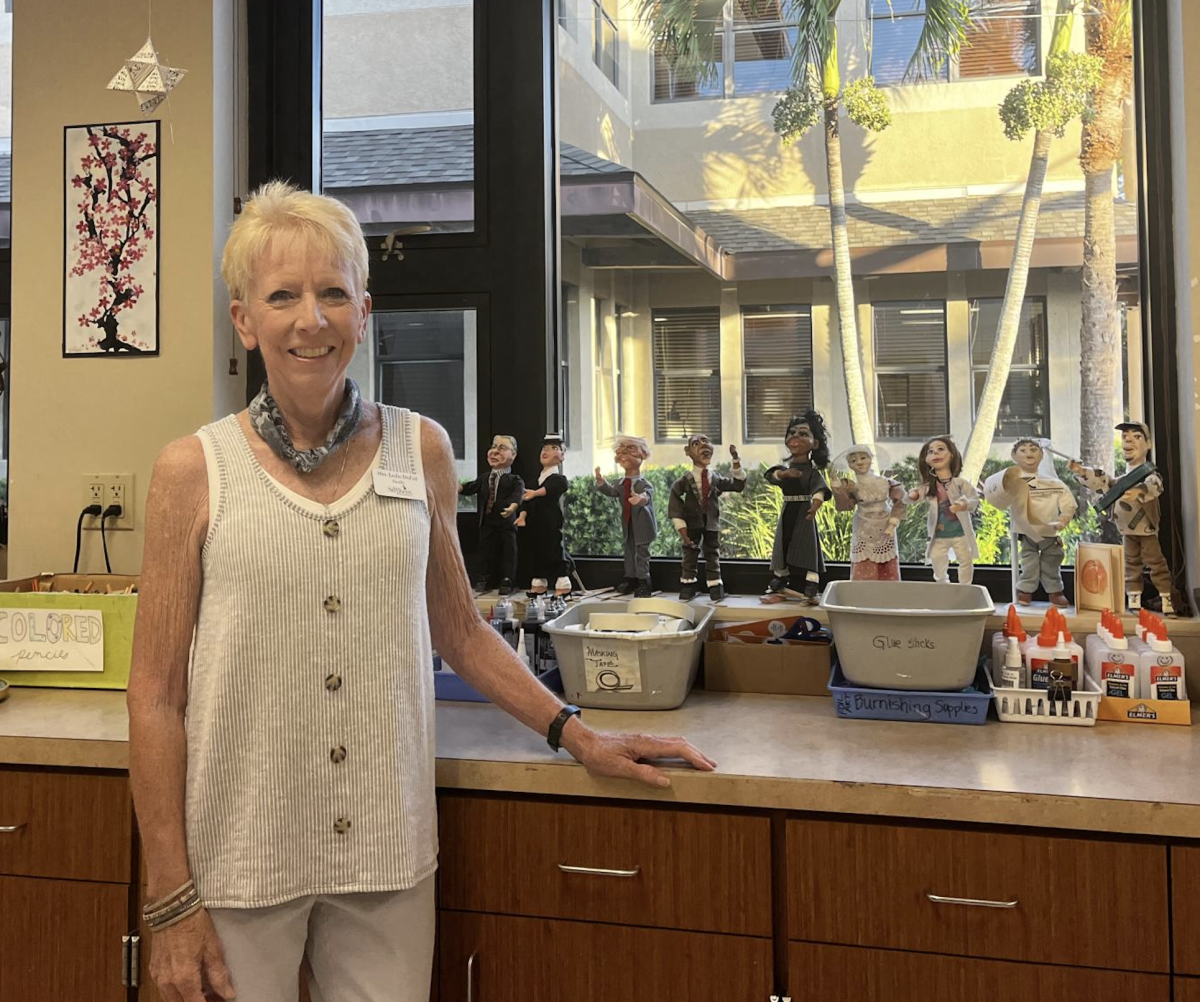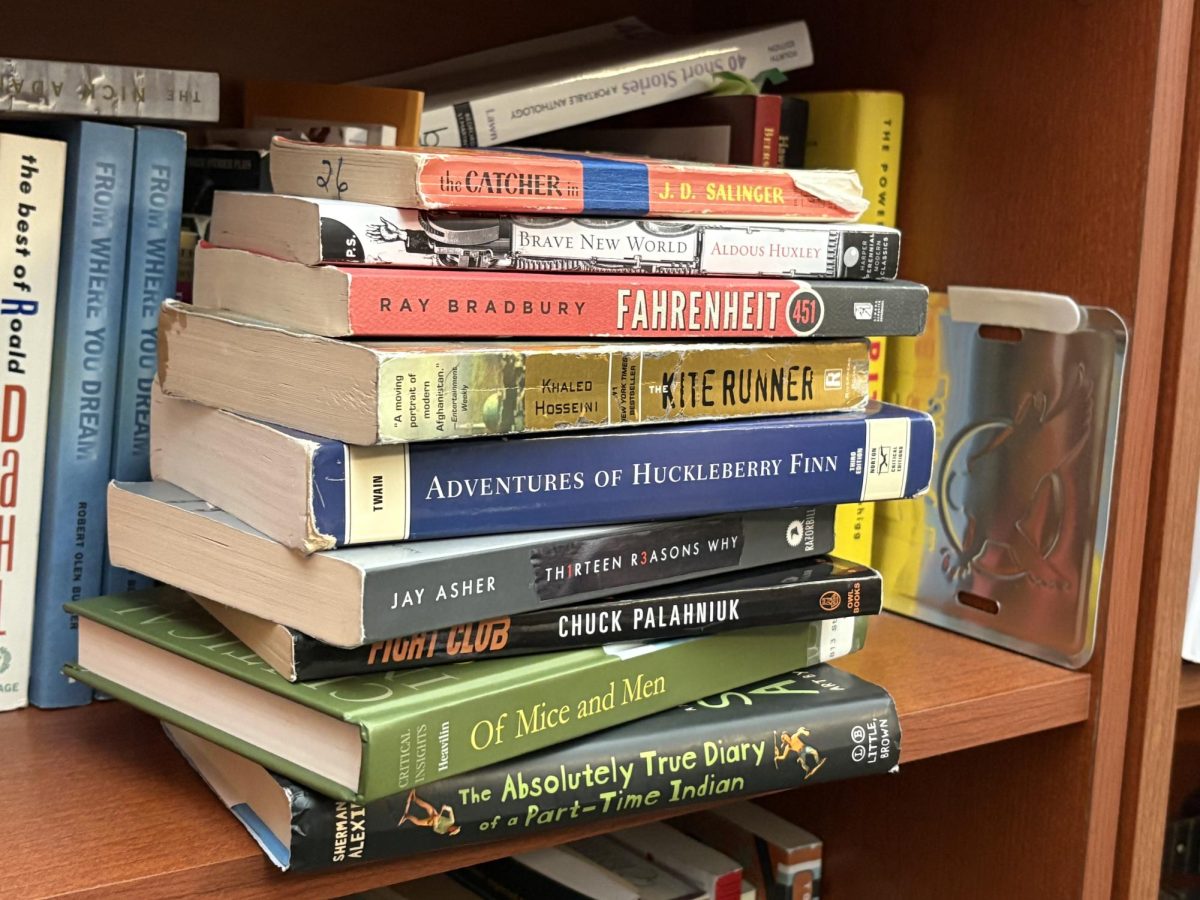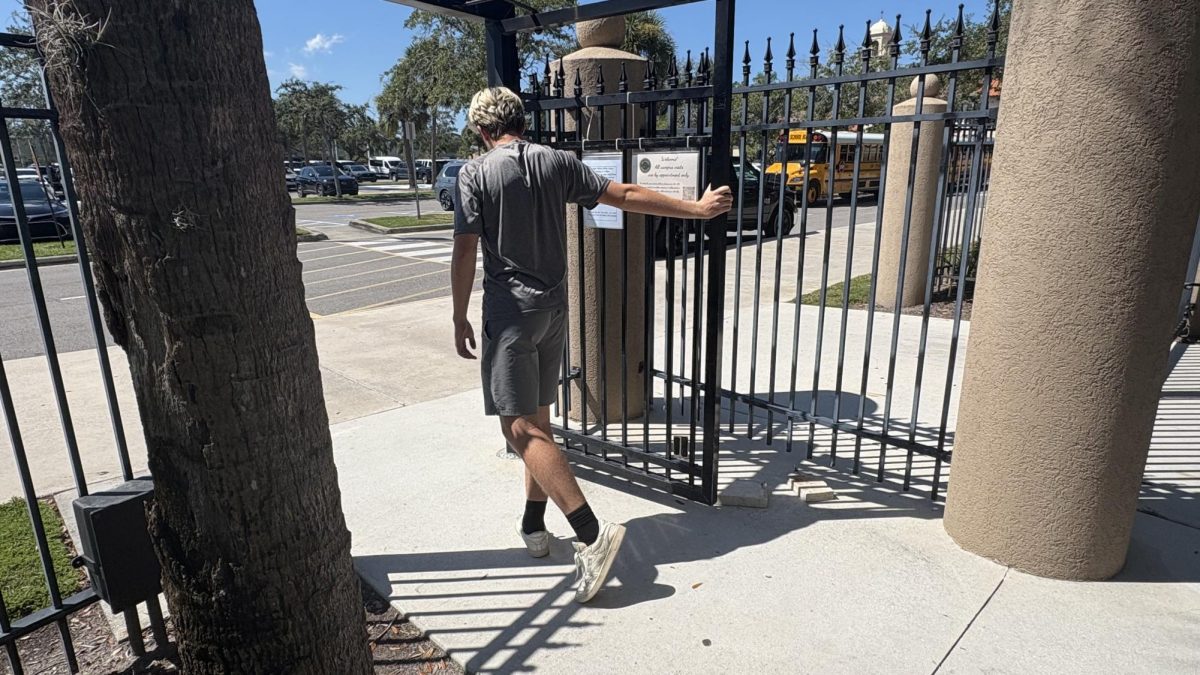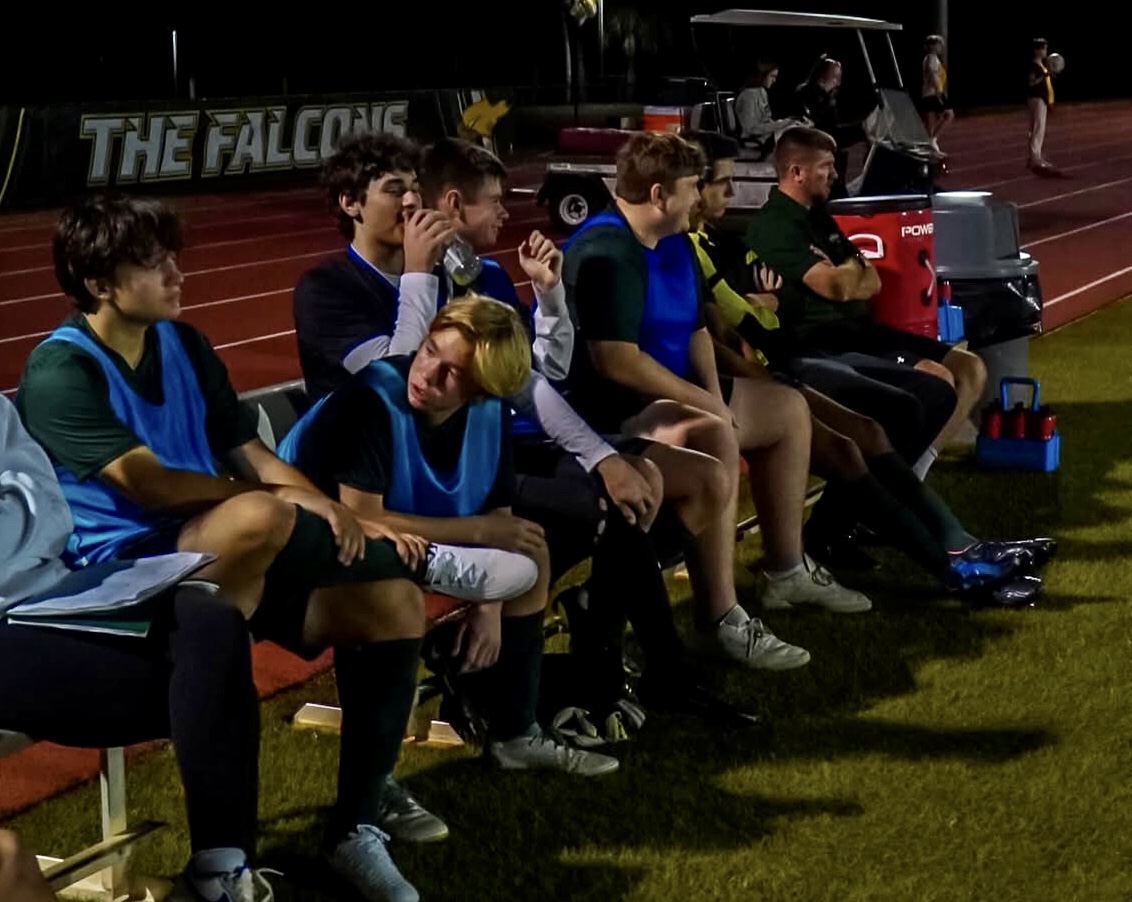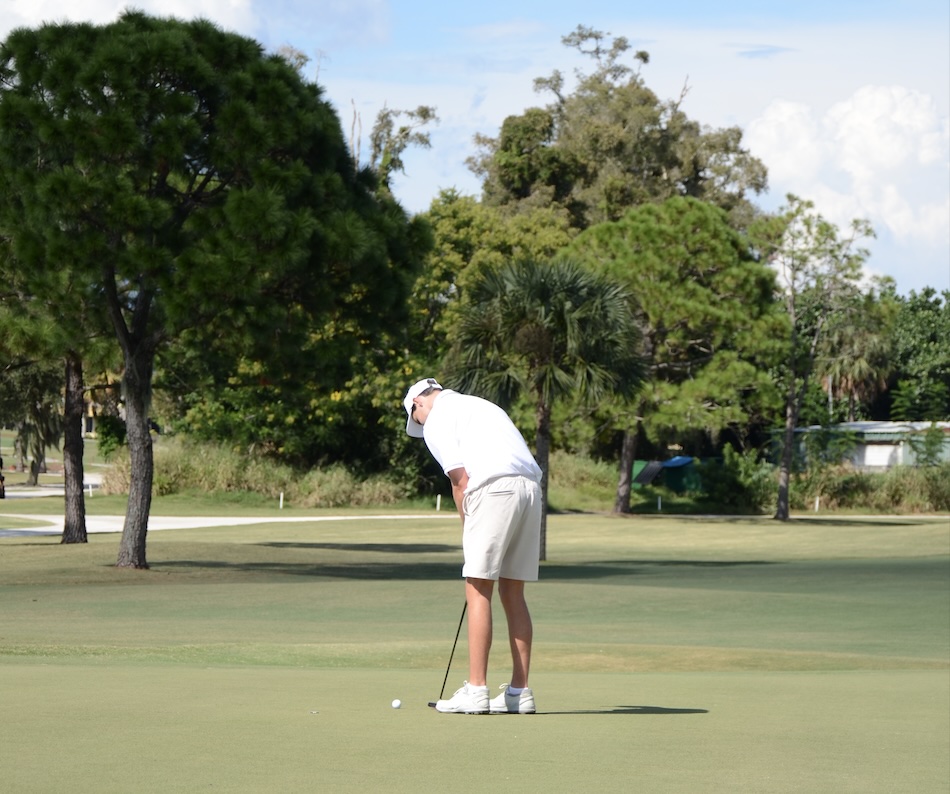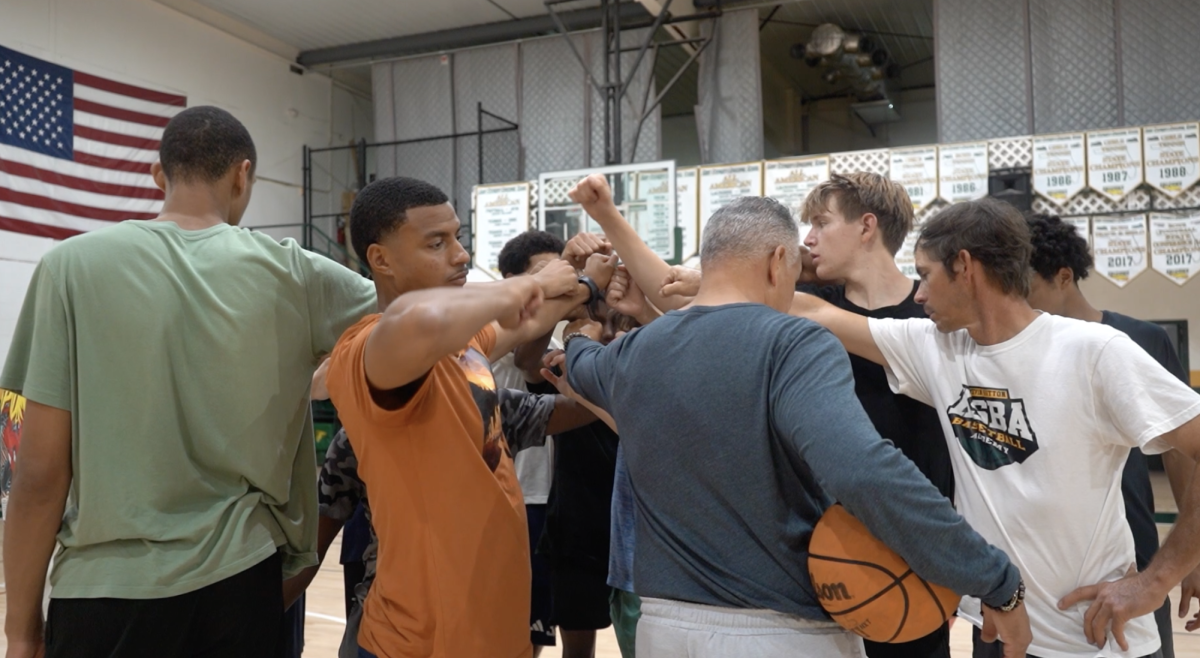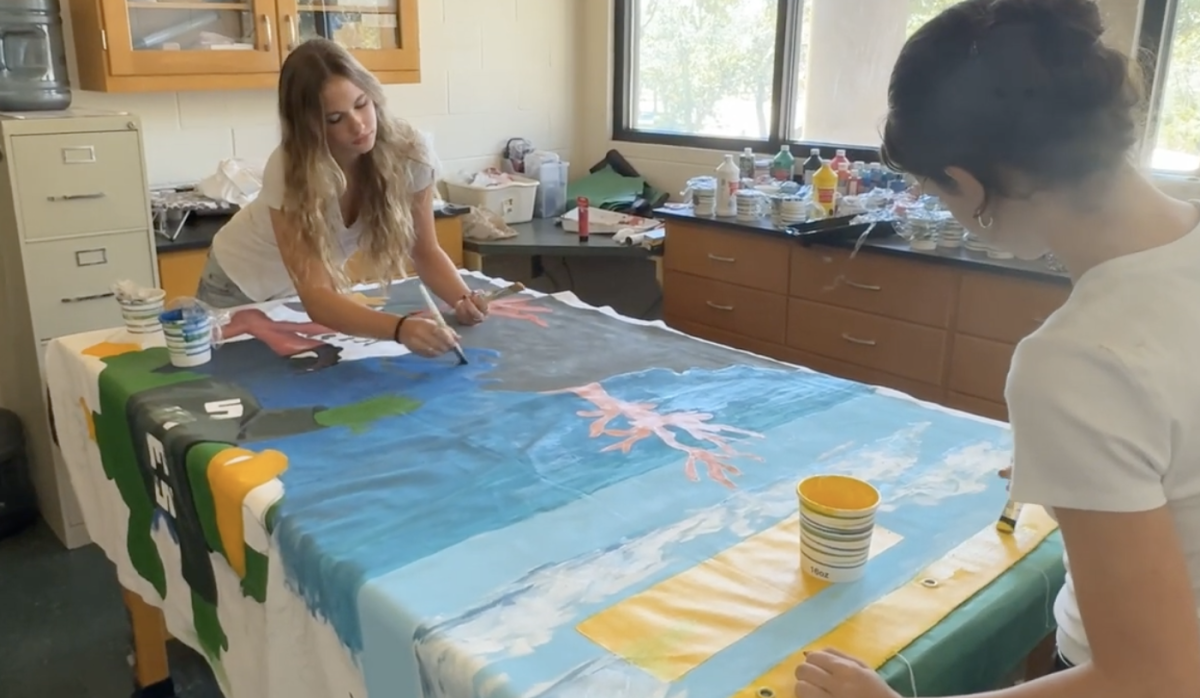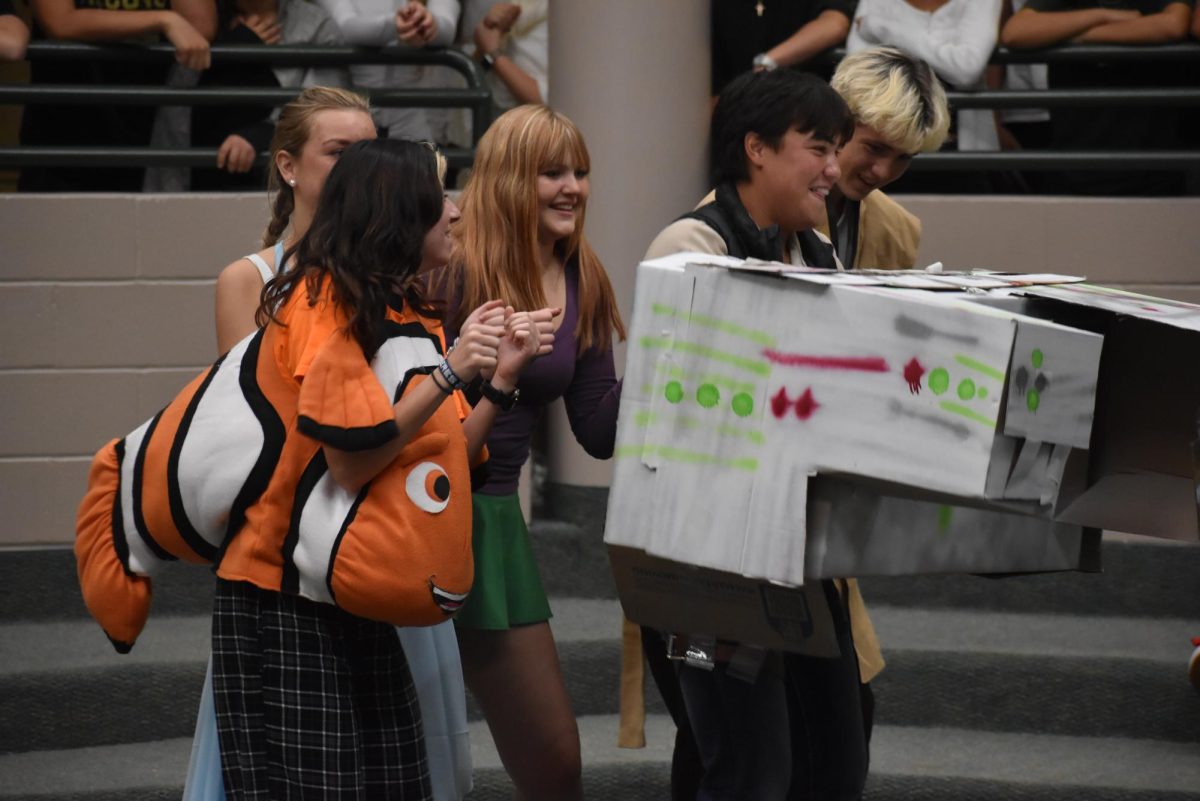Although the purpose of education is to prepare students for their future, schools often overlook teaching the most basic life skills— cooking, managing your money, filing taxes, changing a tire, etc. While common classes, history, math, and English, are necessary, focusing only on standard curriculum can come at the expense of students learning how to prosper in the real world.
Middle School Science Teacher Mr. Anthony Angelo, however, has developed his classes to show that these life skills can coexist with regular teaching. By planting the seeds of a middle school garden, Mr. Angelou has introduced a new way of practical learning that connects both academia and real-world lessons.
This year, Angelo, with the help of his life science students, designed and built a school garden underneath the middle school sails using DIY grow boxes.
In his science “I-Pillar” course, which he described as, “a class that feels more like a club,” Angelo has worked with students to maintain this garden and help the plants grow.
Together, he works with students to take care of all different types of fruits and vegetables, including eggplants, tomatoes, peppers, lettuce, and green beans. This gives students, who have never before learned how to garden, the experience of cultivating a plant from a seed.
8th grader Luke Ziegler said his experience in the garden taught him the most “efficient” way to garden is to use hydroponics, and overall gave him a good sense of what gardening is all about.
“I learned a lot about gardening; we grow like everything,” Ziegler said.

According to the U.S. Department of Agriculture, there are many positives to having a school garden, such as “to establish healthy eating habits; as educational tools in the classroom; and to promote community inclusion.”
According to Angelo, “School gardens are living laboratories that create unique teaching opportunities, ripe for nutrition and agriculture education and experiential education across all disciplines.”
This idea of a living laboratory is essential to Mr. Angelo’s iPillar course; additionally, math and science-based concepts can be taught in conjunction with the gardening taking place.
Angelo plans for students to record data on the plants, with an eye for what conditions are best for life. Large-scale concepts such as erosion and the carbon cycle will also be explored.
Currently, the garden comprises about ten boxes for plants; however, looking towards the future, Angelo hopes to incorporate the gardens as a larger part of the middle school experience.
“We are going to hopefully start making a large garden where students can benefit from just taking fresh fruits and vegetables.”
Eventually, Mr. Angelo plans to use the garden as a sustainable method for helping people outside of our community. By partnering with homeless shelters, this garden could have the opportunity to provide healthy produce to those in need.
Through this garden, Angelo has shown the benefits of teaching life skills in the classroom. More than just helping students in their future, the garden is growing a sense of community in the middle school.



